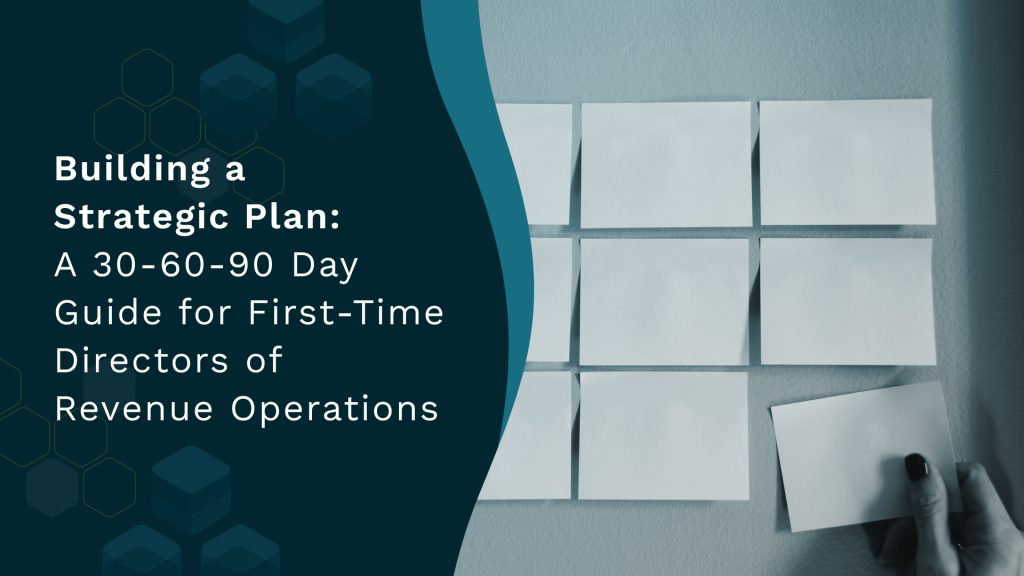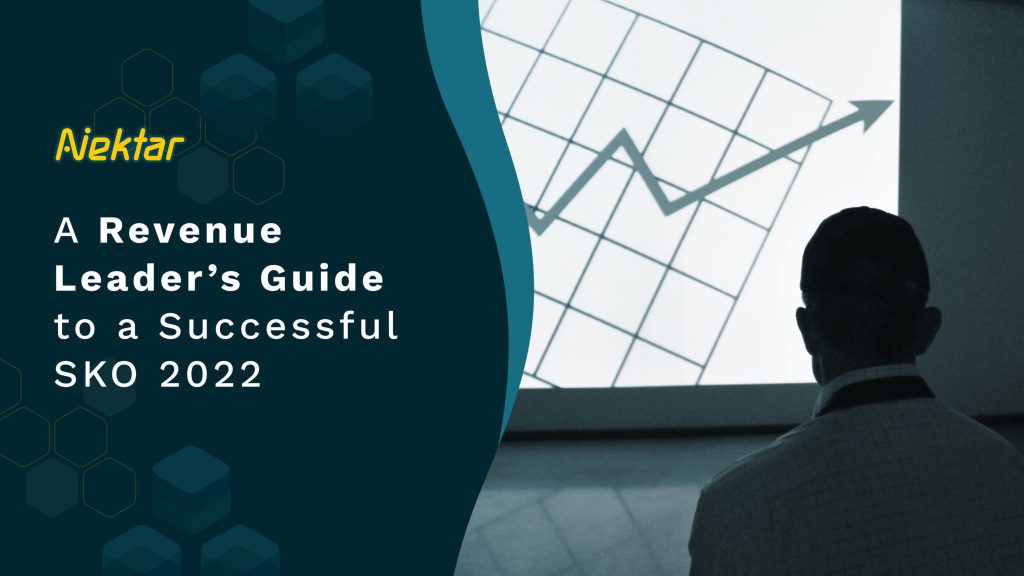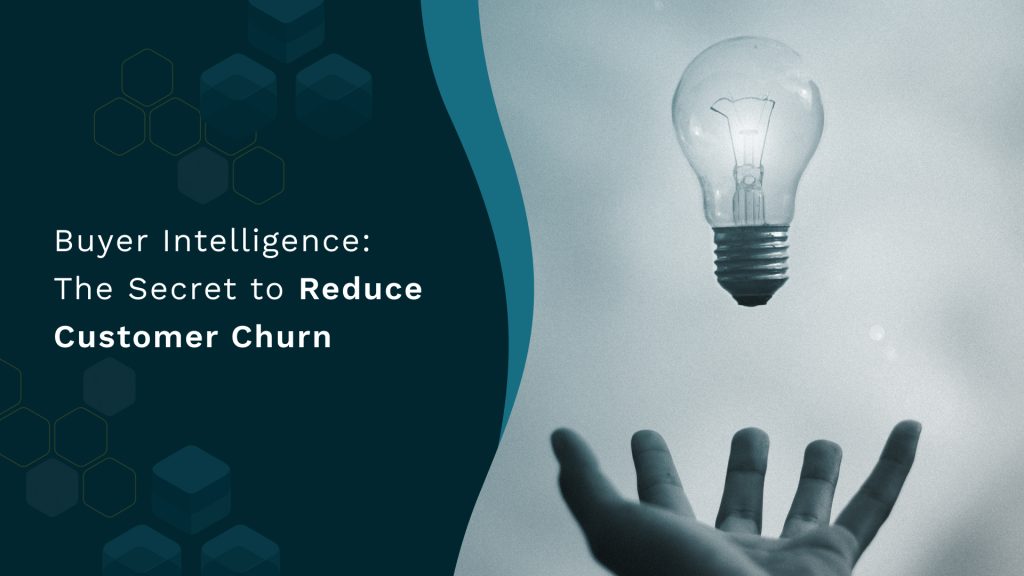10 Tips for Efficient Pipeline Tracking
10 Tips for Efficient Pipeline Tracking RevOps 10 min When times are tough, you need twice as many opportunities to close one deal. And to get more opportunities, you need quality prospects. A sales pipeline can give you an overview of what your selling cycle looks like. But how do you zero in on the right deals? How do you know they won’t fall flat a month down the line? Meticulous pipeline tracking is the answer. It brings sales reps closer to the moment of truth – will the deal close or not? Let’s get started. What is Sales Pipeline Tracking? Pipeline tracking puts every deal under the scanner. It tells you how each one stacks up in terms of revenue potential – which deals are likely to convert, by when, and what stage they are currently in. Reps can then work backward from the goal and focus on the ones that will give them the best chance of hitting quota. Let’s understand with an example. Let’s say your conversion rate for the month is 12% on a pipeline worth $1 million. To achieve a quota of $300,000, you will need to double the number of opportunities you have lined up. Many people think the sales pipeline and sales funnel are the same. There’s a difference, and it’s this: Sales pipelines represent the sales cycle from the seller’s perspective. Sales funnels visualize it from the other side – the customer’s perspective. Related Resource: 5 Ways to Improve Your Sales Pipeline Visibility With sales pipeline tracking, you can: Pinpoint lagging deals and take steps to revive them. Estimate how many deals are likely to close in the next month or quarter. Analyze sales productivity by individual or team and see if they are doing the right activities. Share actionable advice on the best way forward. Make deal forecasts more accurate Identify opportunities for sales optimization What are the Components of Pipeline Tracking? Pipeline tracking has three key components: 1. Opportunity Stages These stages show the relative position of a deal since entering the sales funnel. 2. Conversion Rates This is the rate at which leads turn into opportunities and opportunities into sales. 3. Pipeline Value This is the total dollar value of the pipeline as a whole. It represents the total revenue potential of every active opportunity. 10 Tips for Efficient Pipeline Tracking For pipeline tracking to be effective, sales teams must: 1. Define the right pipeline stages Pipeline stages like ‘closing’ or ‘negotiation’ can be confusing for reps in the middle of a busy day. To be fair, many sales managers use the default stages available in Salesforce or other tools. But this ends up affecting pipeline visibility, forecasting accuracy, and revenue numbers. The key is to: Be as specific as possible when describing each stage. For example: ‘first call – no answer’ or ‘quote sent for approval.’ Make sure that pipeline stages relate to the sales process. Have a limited number of deal stages – no more than 7. 2. Define clear exit criteria for each stage Now that we’ve defined our pipeline stages let’s think about the exit criteria for each. You can do this through a series of Yes/No questions based on the status of an account. Depending on the deal stage, a few good questions could be: Has the rep qualified the customer by asking relevant questions? (Needs Analysis stage) Is the rep in contact with the economic buyer or the champion? (Initial Meeting/Needs Analysis stage) Has the customer confirmed they’re OK with the proposal/ mutual action plan? (Proposal stage) Has the customer agreed to sign the contract? (Negotiation stage) Clear exit criteria enable reps to move deals from one stage to another with ease. Why not specify review criteria so reps can clean up their pipeline too? You can benchmark the average closing time per rep and then track the following: The number of days a deal has been open The number of days since the last activity The expected close date mentioned by the rep In any case, tell your reps to reach out one last time before dropping a lead. You never know if they might have a future requirement. 3. Define the right pipeline metrics Pipeline metrics play a key role in setting KPIs and sales quotas based on the goal. Some key metrics are: a. Number of new leads This is the total number of new leads entering the pipeline. Many businesses track new leads by source. Others prefer to track them at the opportunity stage. b. Pipeline value This is the total projected value of the opportunities you currently have. c. Conversion rate This includes converting leads to opportunities or closing opportunities into deals. d. Sales Cycle Length This represents how long it takes your reps to finally close a deal. Other key pipeline metrics include: Annual recurring revenue Average revenue per user Average deal size Pipeline velocity Related Resource: 15 Sales Metrics You Must Track 4. Streamline lead scoring Why do some opportunities score high but don’t convert? And what about opportunities you didn’t pay much attention to but ended up closing? If this happens too many times, it could be a sign that reps are not qualifying leads enough. And this could create bottlenecks a couple of months down the line. Review your lead scoring criteria – plus the lead qualification methodology. This can help focus on opportunities with the best potential for closing. 5. Prioritize pipeline reviews Many sales managers focus all their attention on late-stage (negotiation) deals. And that’s important from the revenue point of view. But sales reps do need a big-picture view of the pipeline as a whole. Pipeline reviews can help identify the winnable deals earlier in the funnel and find ways to achieve quota. Managers can verify the ‘real’ opportunities and coach accordingly. Now, it’s not possible for busy sales teams to have pipeline reviews every day. But managers can share pipeline reports so that reps know what’s going on. Beginning of the 90-Day Phase: Vision and Execution 6. Customize Salesforce





